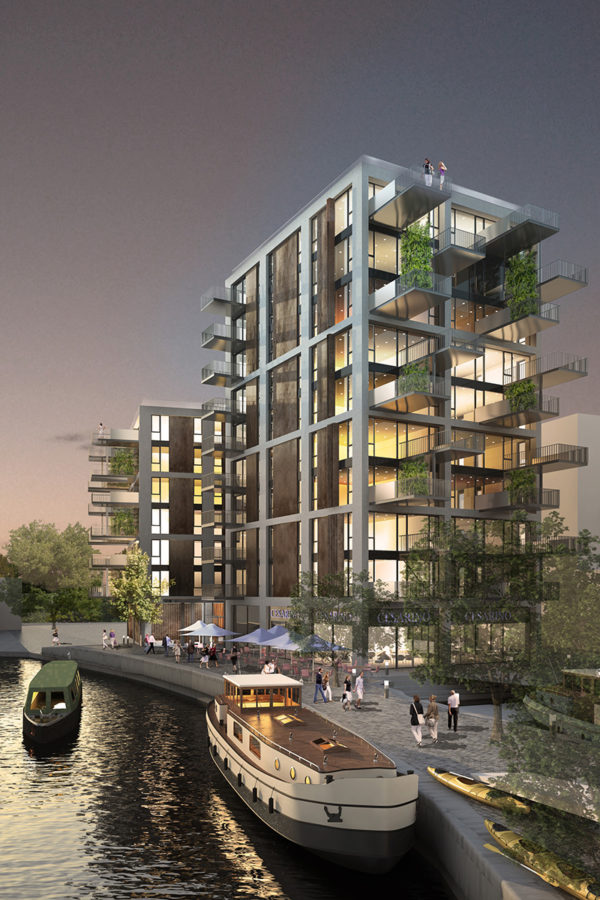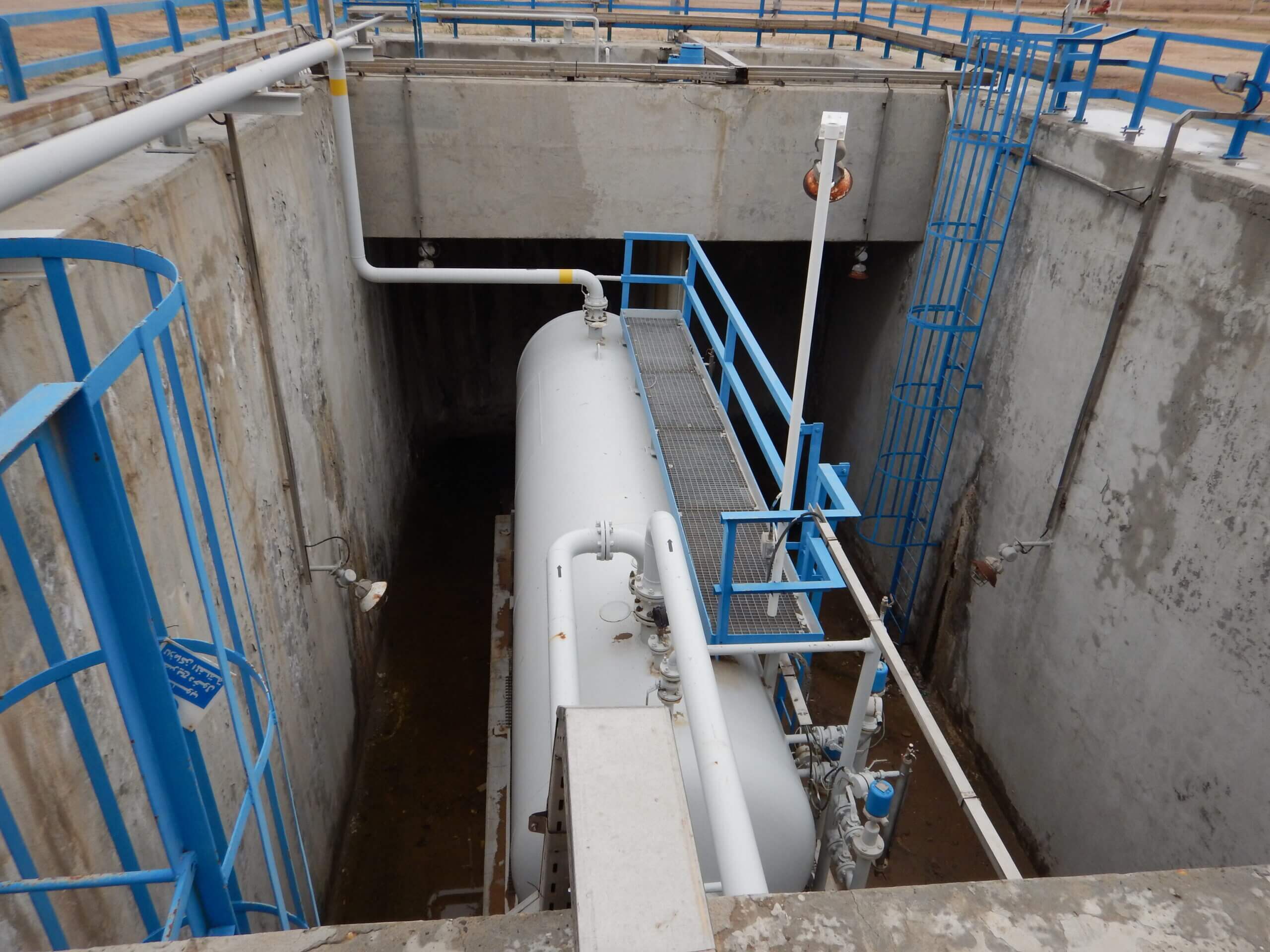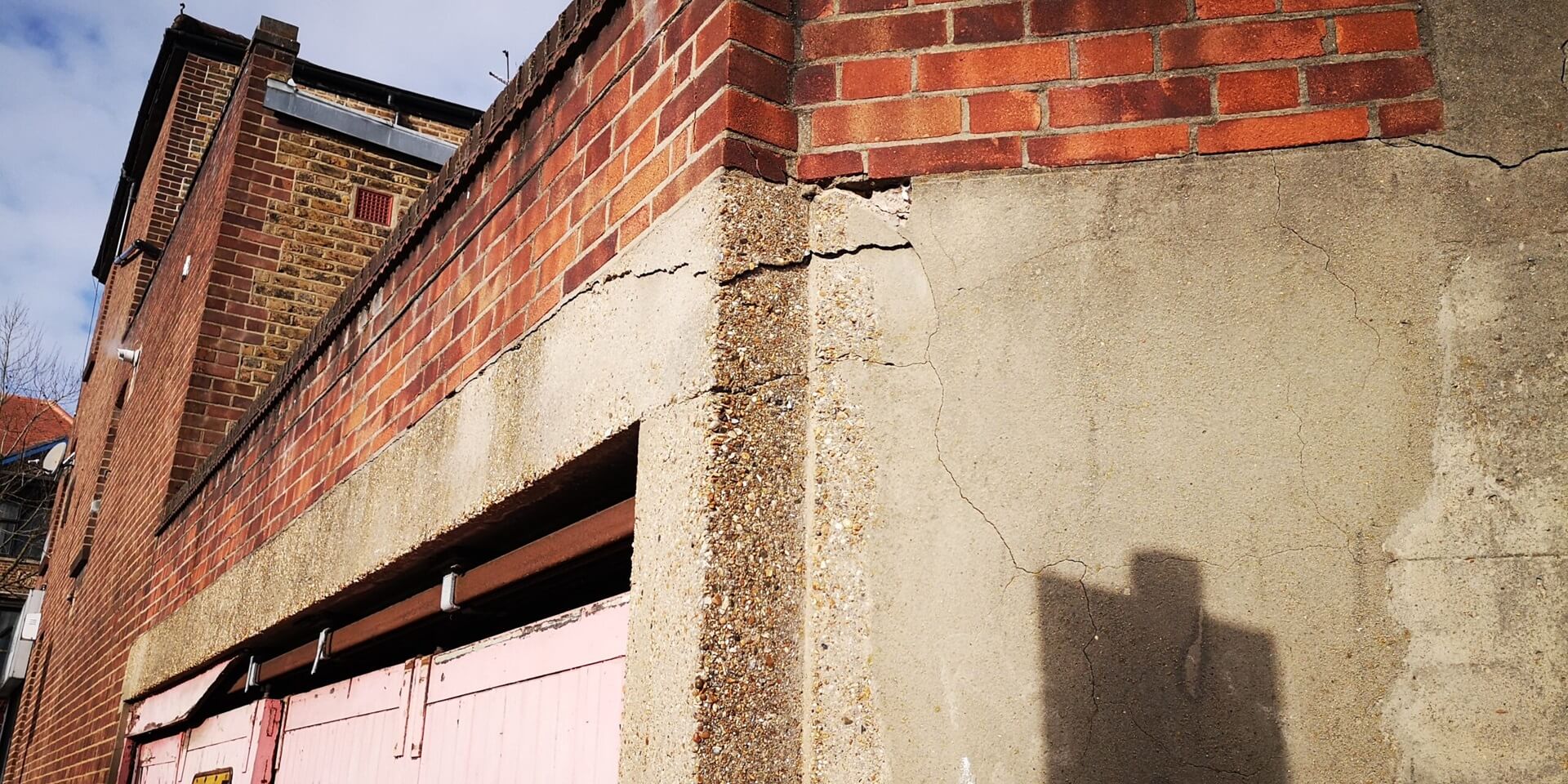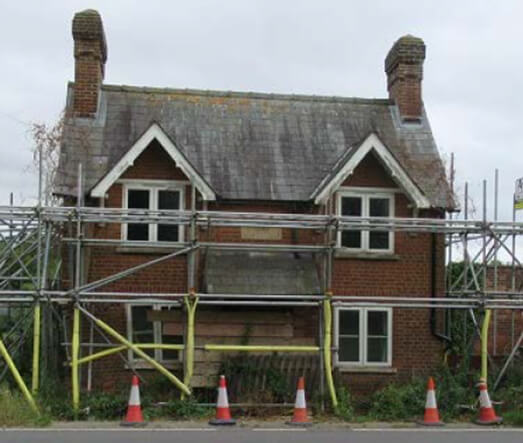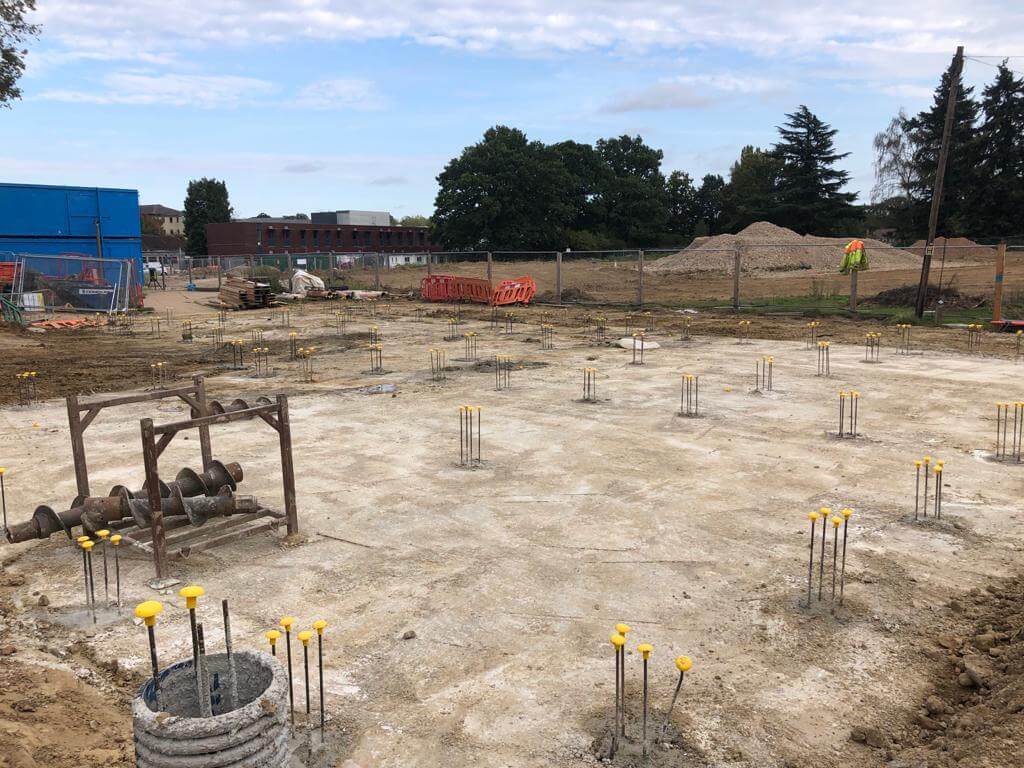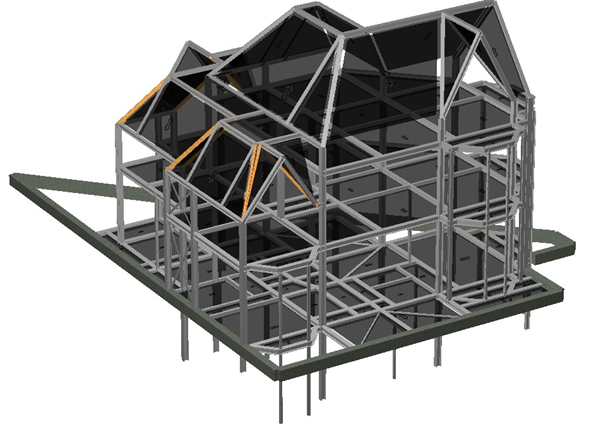Beta Design Consultants support their clients in providing geotechnical engineering services as well as structural engineering services related to the design of basements and underpinning schemes. Conducting a basement impact assessment is a crucial step in the development of such schemes.
In some local authorities, particularly some of the Inner London boroughs, a basement impact assessment (BIA) is a crucial component of the planning process when constructing or extending a basement within a property. The purpose of the BIA is to assess the potential impact of the basement on various aspects of the surrounding environment. Our consultants would support the project by addressing some of the specific requirements that may vary depending on the local planning authority. Some of the common issues that are addressed by our consultants in a basement impact assessment in London may include:
- Stability and structural integrity: The assessment examines the impact of the proposed basement on the stability and structural integrity of the building, neighbouring structures, and the surrounding area. This assessment considers factors such as ground movement, excavation depth, and proximity to existing foundations. Different construction methods and excavation/piling techniques may lead to different risks so this is looked at along with the proposed construction method.
- Groundwater and drainage: The assessment evaluates the potential effects of the basement on groundwater levels, drainage systems, and flooding risks in the area. It examines how the proposed basement may affect local hydrology, neighbouring properties, and the overall drainage infrastructure.
The presence of water or a high water table would affect excavation methods as well as create a need for de-watering or water-tightness solutions. In a development we worked on in Bromley the high water table meant secant piles or sheet piles were the right solution. In another case in Chiswick, traditional underpinning was proposed as the cohesive soil retained and prevented the quick seepage of water into the site.
- Geotechnical conditions: The assessment analyses the geological and geotechnical characteristics of the site, including soil type, bearing capacity, and slope stability. It determines the feasibility of excavating a basement in the given location and assesses any potential risks associated with the ground conditions.
The presence of water, granular soil vs cohesive soil, proximity to boundary, surcharge loads from adjacent buildings/bridges/roads, as well as reasonable limits of displacement during excavating and construction are all factors that are considered by our consultants to advise on the most practical and buildable solution that suits geotechnical conditions.
- Construction methodology: The BIA considers the proposed construction methodology for the basement and assesses its potential impact on the local environment. This includes evaluating construction noise, vibration, dust, and other potential nuisances that may arise during the construction process.
Our BIA would highlight the proposed sequence, proposed temporary works arrangement and sequencing that would ensure the safe execution as per the design.
- Transport and access: The assessment examines the impact of the basement on transport infrastructure, including traffic flow, parking, and the accessibility of the site. It evaluates the potential disruptions caused by construction traffic and the long-term impact on local transportation systems.
In some cases, our consultants would prepare a traffic management plan, a swept path analysis or study issues such as parking of construction vehicles on site and need for any parking bays. This was the case during our involvement in the repair of the Dangerous Basement in Fulham Palace Road.
- Heritage and conservation: If the property is located within a designated heritage area or adjacent to listed buildings, the assessment considers the impact of the basement on the historical and architectural significance of the area. It examines whether the proposed basement design and construction may affect the character or setting of any heritage assets.
In Landor Road Basement development in Lambeth, in a conservation area, our consultants developed the details of façade and gates to ensure compliance with the conservation area plans. Details such as the iron railings used were agreed with the planners.
- Environmental considerations: The assessment considers the potential impact of the basement on the local environment, including flora, fauna, and ecological habitats. It assesses any potential risks to protected species, trees, or ecological networks and identifies measures to mitigate or minimize these impacts.
It's important to note that the specific issues discussed in a basement impact assessment can vary depending on the characteristics of the site, local planning policies, and the requirements of the relevant planning authority. Our consultants would advise early of risks related to site conditions, need for a bespoke geotechnical soil investigation, brief for such an investigation, testing required, supervision of drilling activities, number and depth of trial pits and boreholes.
If you have any concern or query related to BIA of an existing or proposed development, our qualified structural and geotechnical engineers would support you and the planning team make an informed decision based on our expertise in designing basements in the London area to ensure compliance with the local regulations and requirements.

